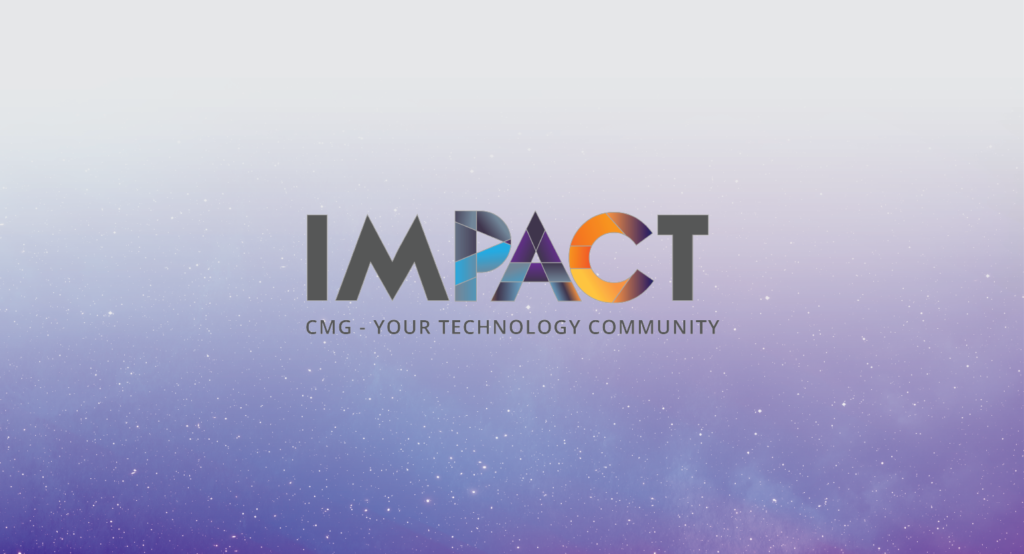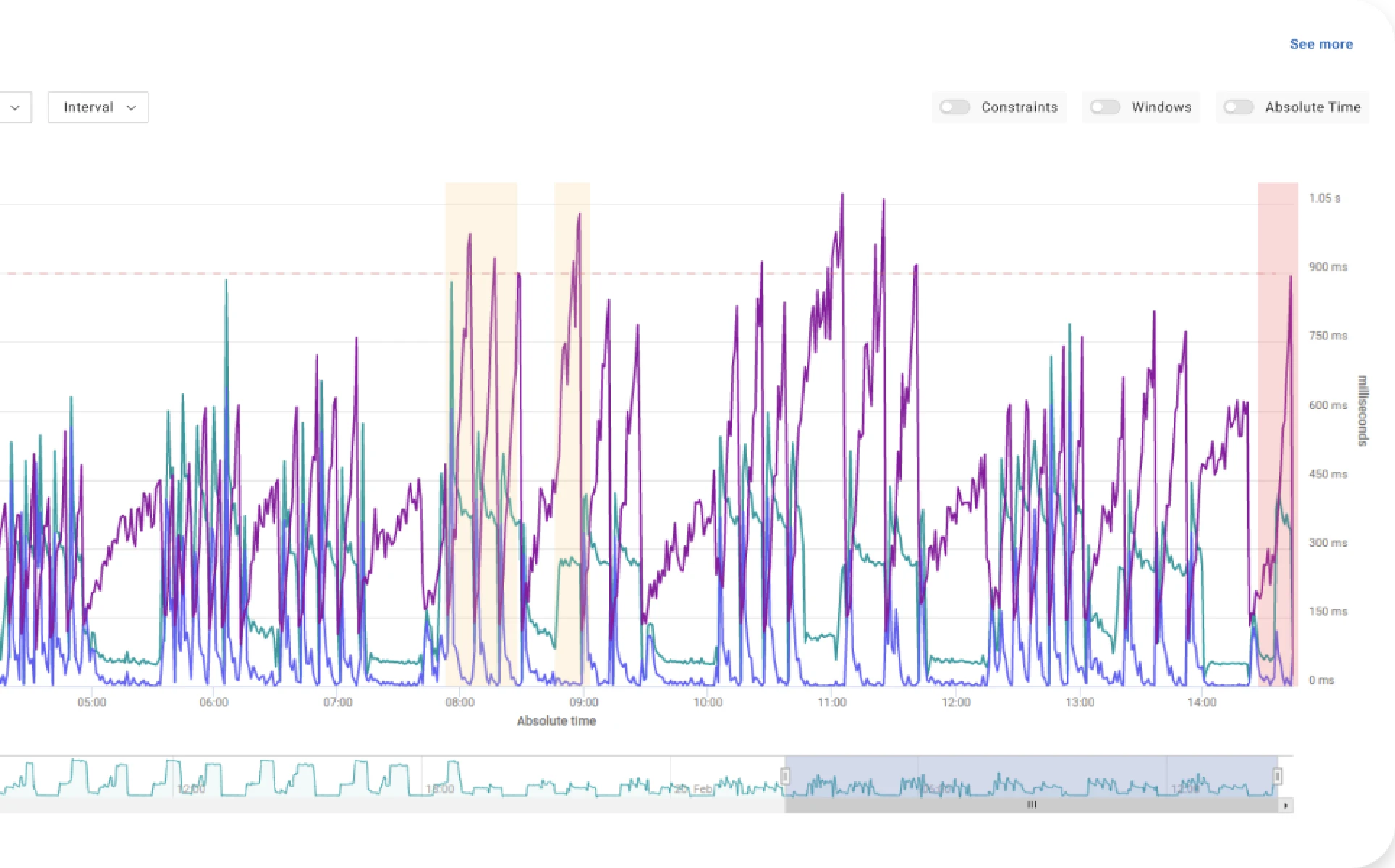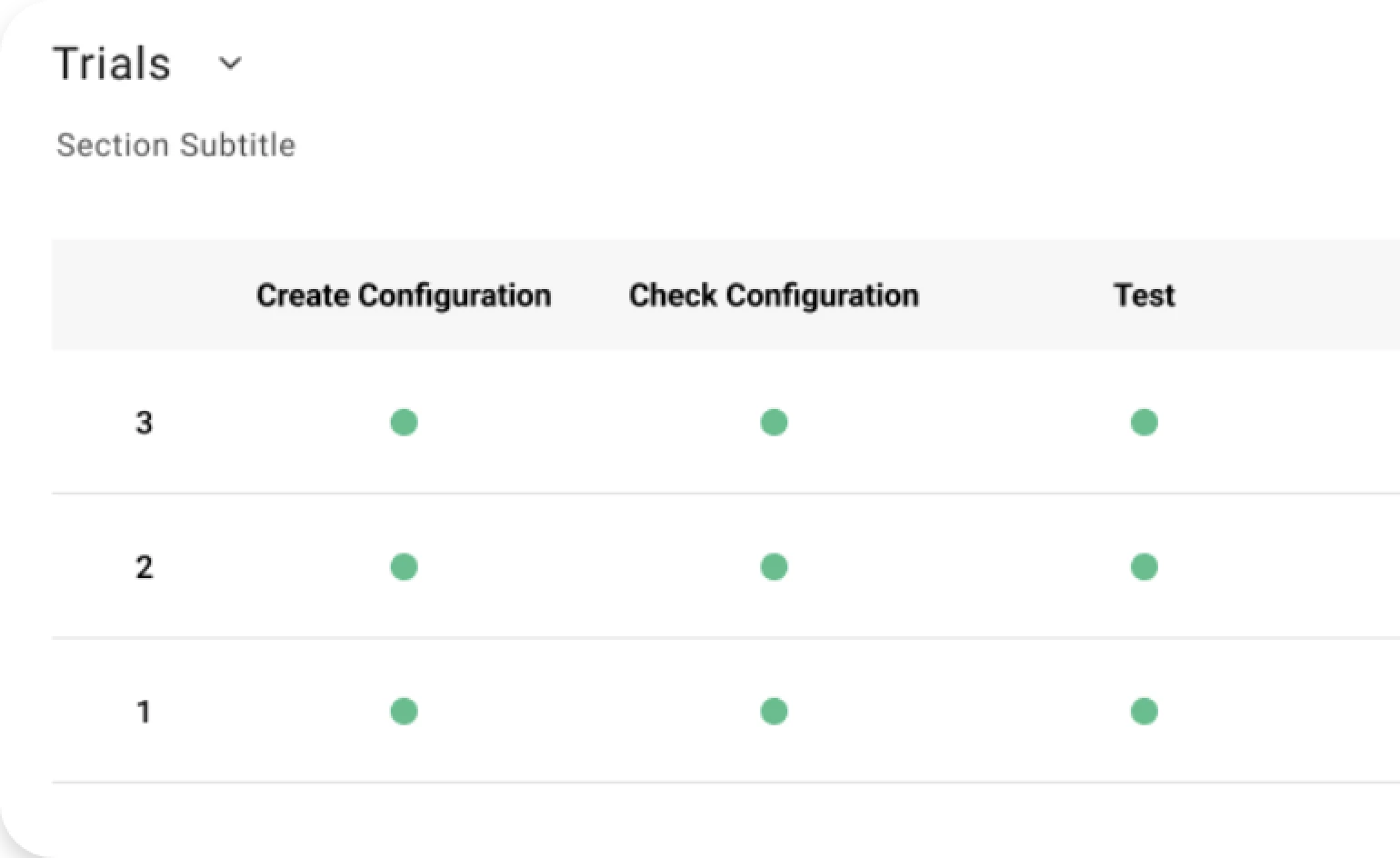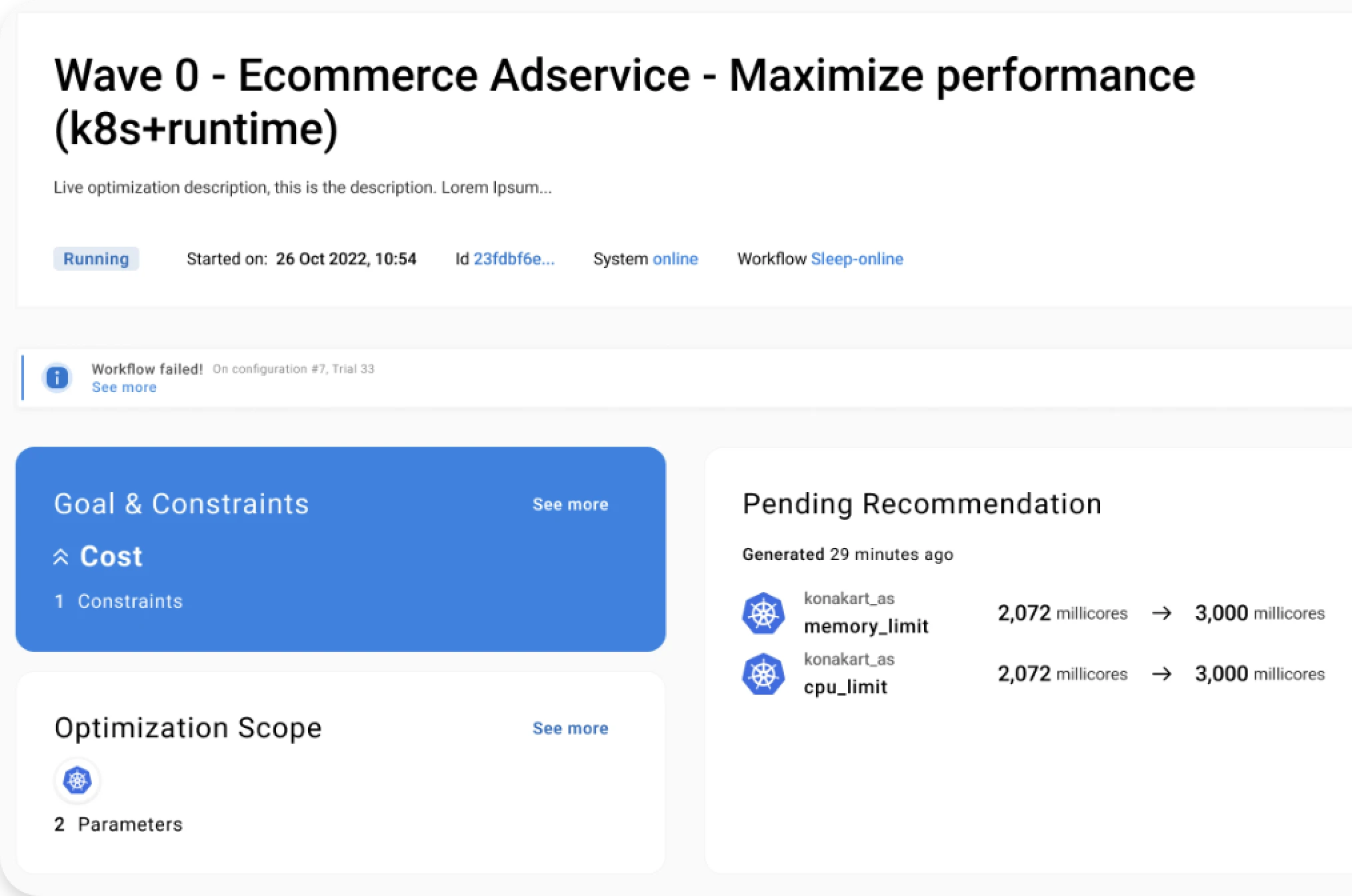Where:
Online conference
Start Date:
26 Jan 2021 - 9:00 am EST
End Date:
28 Jan 2021 - 6:00 pm EST
Speakers

Stefano Doni
Stefano is obsessed with performance optimization and drives Akamas vision for Autonomous Performance Optimization powered by AI. Stefano has more than 15 years of experience in Performance Engineering and led Moviri Research & Development team before co-founding Akamas. He is a regular speaker at international conferences and in 2015 he won the Computer Measurement Group Best Paper Award.





